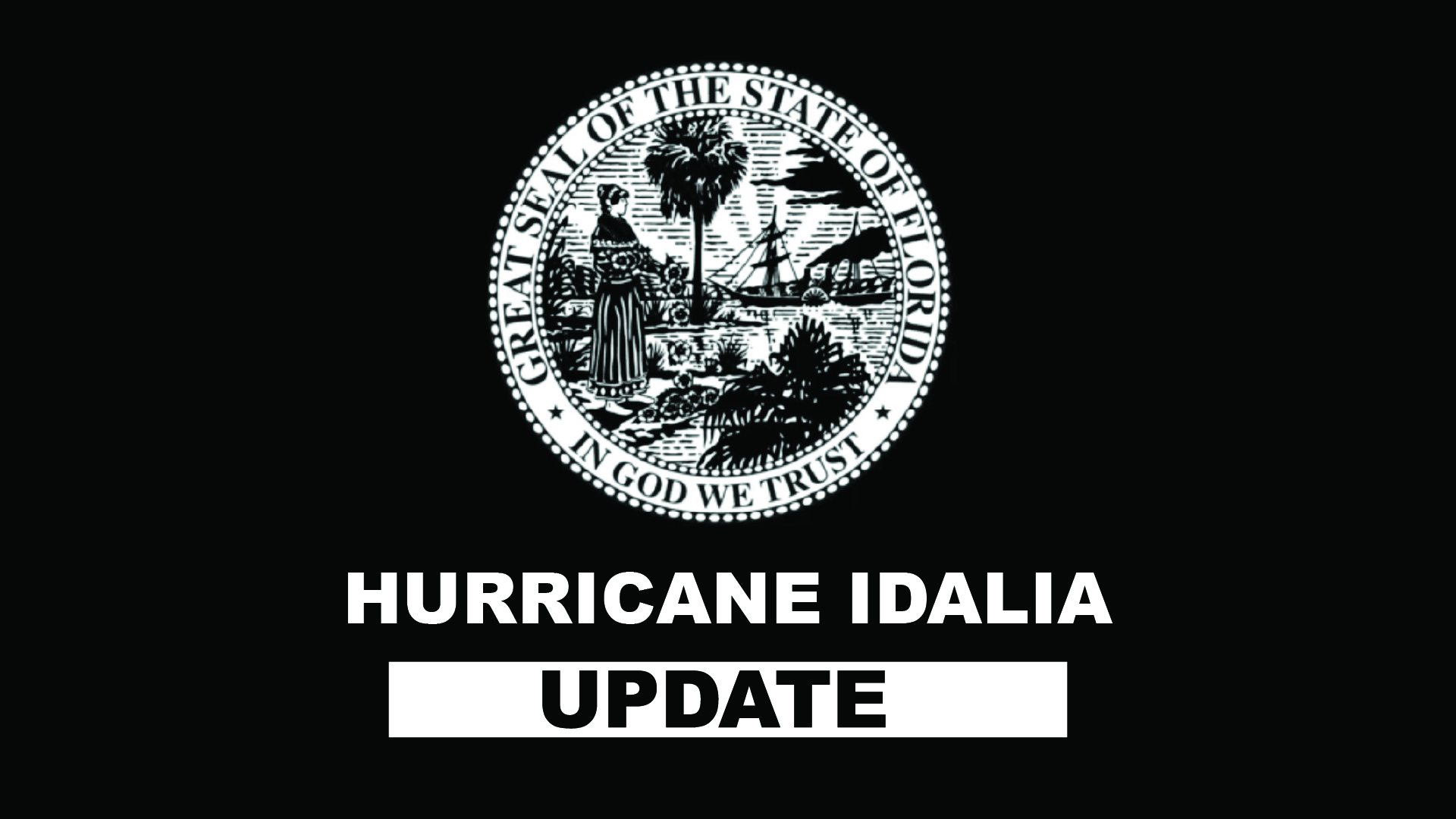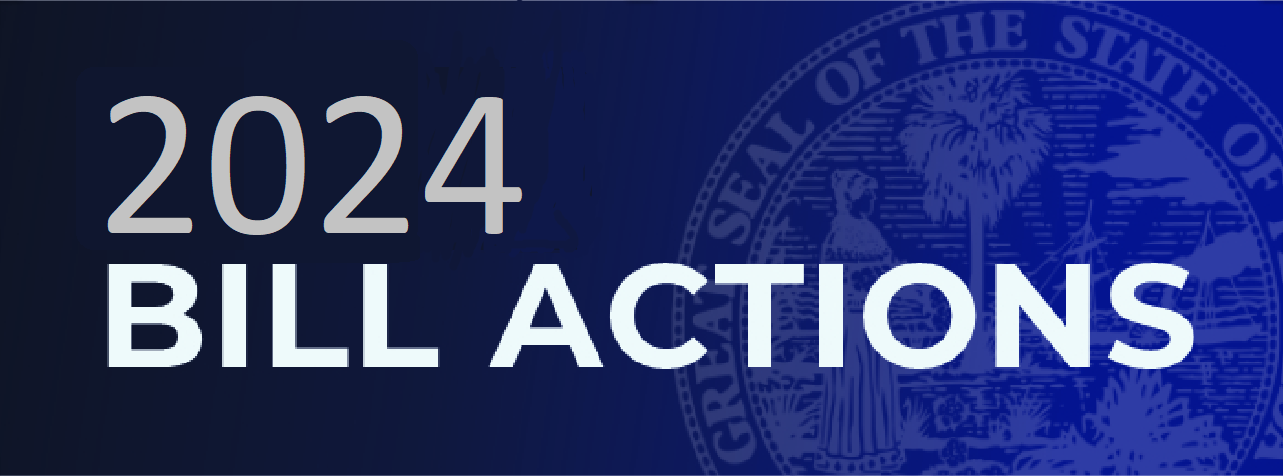Tallahassee, Fla. – Today, Governor Ron DeSantis provided an update on Florida’s COVID-19 vaccine distribution plan, as well as details on the different types of vaccines that have been developed by several companies.
Watch the Governor’s update by clicking the image below or clicking HERE.
Text from Governor DeSantis’ video message as delivered is provided below:
Hi, I’m Governor Ron DeSantis with an update on the COVID-19 vaccine.
Next week, we anticipate FDA approval for the Pfizer vaccine, and we believe the following week we’ll see FDA approval for the Moderna vaccine. These combined will be able to vaccinate roughly 20 million Americans by the end of December.
And of course, in Florida, we want to get as much vaccine for our citizens as possible, but we know we will not, nor will any state, have enough to vaccinate everyone right off the bat. So, we’ve had to set priorities.
Florida is going to prioritize as follows: the top priority will be our residents of our long-term care facilities. They are at the greatest risk and this vaccine could have a tremendously positive impact on them.
Number two will be health care workers who are in high risk and high contact environments.
And number three, to the extent we have enough, we want to start getting it out into the broader, 65 and over community, as well as those who have significant comorbidities.
Now, importantly, while we are encouraged and we want to make available the vaccine, no one will be mandated to take the vaccine. This will be available, but not mandated.
And as the vaccine begins to arrive, it’s important to remember that there are different types of vaccines and that each vaccine has slightly different requirements.
So far, Pfizer and Moderna are the only two companies that have formally applied for FDA approval, but we do expect more to follow suit. The Pfizer vaccine we think will be the first to arrive. It has extraordinary storage requirements, and it does require two doses separated by 21 days.
So, if we end up getting a certain number of doses, you have to cut that in half for a number of individuals who will be vaccinated, since each person requires two doses.
And that’s the same for the Moderna vaccine. Now it’s easier to store and it doesn’t require the ultra-cold storage, but it does require two doses, slightly longer separation than the Pfizer vaccine. Instead of 21 days with Pfizer, you have 28 days with Moderna.
There are other vaccines on the horizon. I think one that’s very promising is the one that’s being manufactured by Johnson & Johnson. They have already produced this at an industrial scale. Importantly, it only requires one dose, and it doesn’t require any type of special storage.
So, as we work to get the most high risk vaccinated in December and into January, you may see during the month of January, an FDA approval for Johnson & Johnson, and perhaps that could start hitting by the time we get into February. There would be enough produced of that to have widespread vaccination.
Distributing a vaccine across a large and diverse state is a big challenge, but this is a major priority for the state of Florida. And as the process unfolds, we’re going to keep you up-to-date with the latest information.
God bless you, and God bless the great state of Florida.
###
.jpg)






.jpg)
